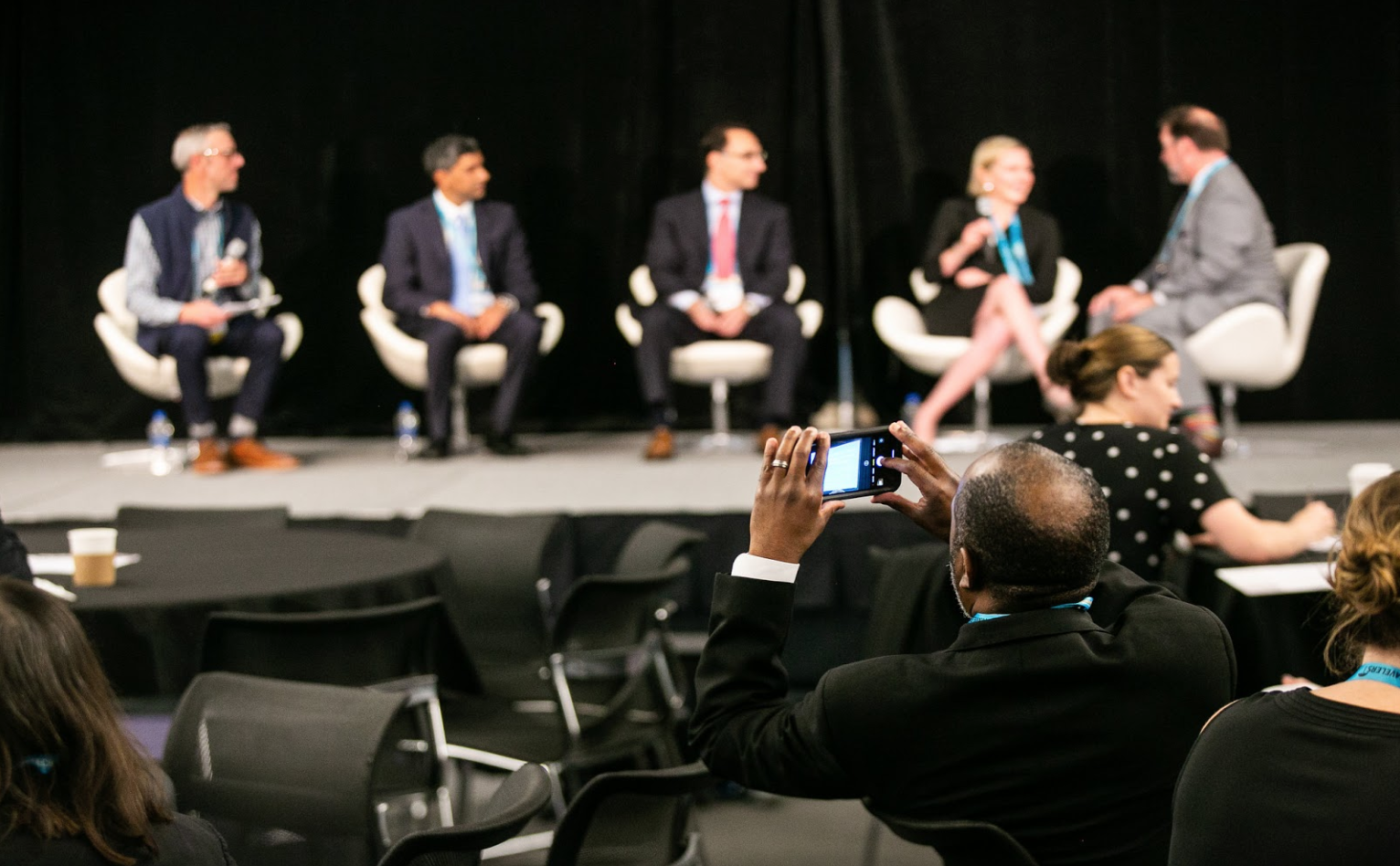Photo Credit: The AdvaMed MedTech Conference
AdvaMed’s 2019 Medtech Conference has come and gone. Yet another year in the books for the medtech industry’s leading event. Because of the high concentration of industry leaders, colleagues and a welcome, growing emphasis on patients, it remains my highest priority event year after year.
A note of thanks
On Monday, September 23rd, I was honored to serve on the faculty for the AdvaMed Accel Leadership Summit. Ben Glenn, Dev Kurkidar, Shar Matin, Paul Snyder and I shared insights into “De-Risking Medtech Innovation by Investing in the Process Before the Product,” with more than 100 early and emerging-growth medical technology executives seeking to bring their innovations to market.
In addition to my fellow panelists listed above, I’d like to express my sincerest thanks to Ashley Wittorf, Martha Shadan, Beth Perkins, Patrick Brennan and the entire AdvaMed 2019 crew for their leadership, assistance, the opportunity to participate and congratulate them on a job well done.
Insight snapshots
- “You do not want to endure a design history file remediation. [This] will decrease your valuation or kill a potential acquisition or financing.” Read more about our structured, phase-gated approach to medical product development including design history file generation.
- “Invest equally in your health economics and outcomes research strategy as your regulatory strategy unless your only competitive advantage is price.”
- “If your technology reduces physical therapy time when the practice is operating at 70 percent capacity, your technology is not of value to them.” The same applies to hospitals or ASCs with unfilled capacity in their operating rooms. This is sad, but true and a reminder that the shift from fee-for-service to value-based care continues to be a slow one.
- A $400 million opportunity is the minimum required to bring a new technology to market. This figure should be 10X the capital required for commercialization. For technologies requiring more than $40 million to reach commercial markets, the probability of 5X returns decreases 90 percent.
- When pitching medtech investors, give careful consideration to patient subpopulations. Your technology will not likely be of sufficient value for stakeholders across a particular disease or therapeutic spectrum. However, zeroing in focus on “Stage 1 meniscus tears” for example, will concentrate your most likely customers and key messages creating more cost efficient commercialization investments including sales and marketing.
- There are more stakeholders assessing the value of your innovation than you may realize. Again, unless your only competitive advantage is price, providers, government agencies, employers, patient advocates, quality organizations, professional medical organizations, payers and patients “prioritize different but overlapping sets of value drivers, against which they judge a medical technology’s benefits. I encourage you to take a look at AdvaMed’s Framework for Comprehensive Assessment of Medical Technologies here.
Keep your passports handy. The 2020 Medtech Conference is in Toronto!
In the meantime, if you have a back of the napkin idea, are evaluating a new product’s readiness for preclinical testing or are seeking the best in bioskills training, GCMI has the resources, facilities and expertise to help; concept to commercialization. How can we help? Contact us to start the conversation.
